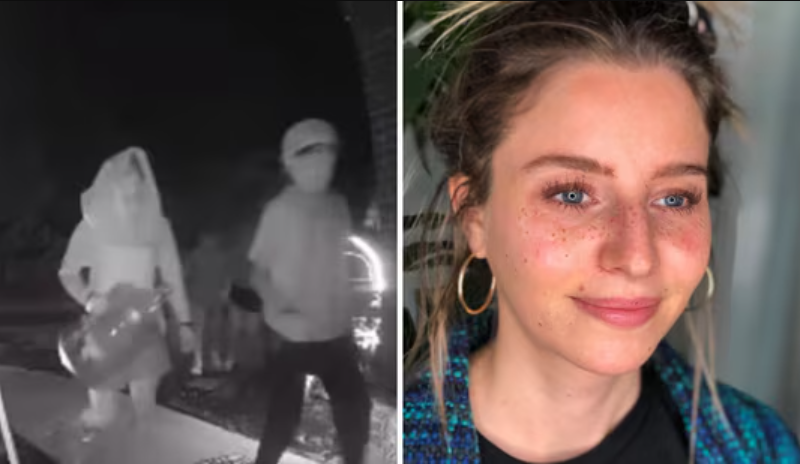TikTok, the video-sharing app that has captivated millions of users around the globe, is a powerful platform for entertainment, creativity, and, increasingly, commerce. With its endless stream of viral challenges, dances, memes, and trends, TikTok has become the go-to space for influencers, brands, and everyday users to share content. However, behind the fun and viral trends lies a sophisticated system designed to engineer trends for profit. While many users see TikTok as a platform for self-expression, it has increasingly become a business tool, where trends are often strategically engineered to generate profit.
1. The Algorithm: The Heart of Trend Creation
At the core of TikTok’s success is its robust algorithm, which determines what content appears on users’ “For You” page, the app’s primary feed. The algorithm uses user interaction data, watch time, and engagement metrics to determine which videos will likely capture attention. While the algorithm is often praised for its ability to make content go viral, it also plays a critical role in shaping which trends succeed.
The algorithm is designed to favor content that generates high engagement. Videos that attract likes, comments, and shares are more likely to be pushed to a wider audience. This incentivizes creators to craft content that appeals to a broad group of people, often following popular formats, sounds, or themes. As a result, certain trends—whether they’re dance challenges, comedic skits, or viral memes—are amplified by the algorithm, making them more likely to be shared and reproduced. This viral cycle can quickly turn a simple idea into a global phenomenon, all driven by the data generated by user interaction.
2. Influencers and the Power of Sponsorships
While TikTok trends may seem spontaneous, influencers are key in driving their creation and spread. Influencers with a large following on the platform are often paid to promote products, services, or even ideas. Brands have increasingly turned to TikTok influencers to create sponsored content that seamlessly integrates with viral trends. This has led to “trend-jacking,” where brands subtly insert themselves into popular trends to market their products.
For instance, a brand might sponsor an influencer to incorporate their product into a viral dance challenge or a trending hashtag. These carefully crafted partnerships aim to make the product appear as part of the organic, user-driven content that TikTok is known for. As influencers have become influential trendsetters, their ability to impact consumer behavior has made them highly valuable assets for brands looking to capture the attention of TikTok’s younger audience. Influencer marketing on TikTok is a multi-billion-dollar industry, with brands willing to pay top dollar for access to influencers who can spark a trend.
3. The Rise of Paid Trends and Challenges
TikTok has also introduced features explicitly designed to help brands engineer trends for profit. One of the most notable is the “Hashtag Challenge,” a paid promotion tool that allows brands to create and sponsor challenges, encouraging users to create content around a specific theme or product. These challenges are often designed to go viral, with users encouraged to use branded hashtags and videos that promote the product or service in a fun, engaging way.
For example, a cosmetics brand might launch a hashtag challenge where users are encouraged to show off makeup looks using their products. By encouraging user-generated content, the brand increases engagement and creates a sense of community around its product. This technique has proven highly effective, as it taps into the viral nature of TikTok’s community while simultaneously promoting products that feel authentic and organic.
4. TikTok’s E-commerce Push
TikTok has also begun to integrate shopping features into its platform, enabling brands to capitalize on trends directly through the app; with the launch of TikTok Shopping and partnerships with e-commerce giants like Shopify, the app now allows users to shop directly from videos, live streams, and influencer endorsements. This seamless shopping integration into TikTok’s content has made it a goldmine for brands and influencers looking to profit from viral trends.
The ability to shop while engaging with content creates an ecosystem where trends are not just about entertainment but also driving consumer purchases. Users who see a viral trend involving a product may be just a few taps away from buying it, turning TikTok’s viral moments into immediate sales for brands. The app’s focus on e-commerce has only accelerated its role as a powerful tool for driving consumer behavior, making it clear that TikTok is no longer just a platform for fun—it’s a marketplace.
5. The Ethics of Trend Engineering
As TikTok’s influence grows, questions about the ethics of engineered trends and the monetization of user-generated content have come to the forefront. While trends on TikTok can feel organic and user-driven, many are carefully constructed by brands and influencers looking to capitalize on their virality. This raises concerns about the impact of these trends on consumer behavior, particularly among TikTok’s young audience, which may be more susceptible to subtle marketing tactics.
Moreover, the pressure to create viral content can lead to a sense of performative behavior, where users feel compelled to participate in trends, not because they enjoy them but because they want to gain followers, likes, or monetary rewards. This has sparked debates about the mental health implications of participating in a trend-driven platform and whether TikTok, as a company, should do more to ensure that trends remain authentic and not overly commercialized.
6. Conclusion: The Profit-Driven Engine Behind the Fun
While TikTok is a platform for creativity, expression, and entertainment, it is also a profit-driven machine. The app’s algorithm, the role of influencers, and its focus on e-commerce have all contributed to creating trends that aren’t just spontaneous—they are often engineered for profit. By understanding how trends are manufactured and marketed, users can become more aware of how their engagement with viral content might drive business success for brands and influencers. In the world behind the TikTok curtain, what seems like organic fun may be part of a carefully calculated strategy designed to turn clicks into cash.



